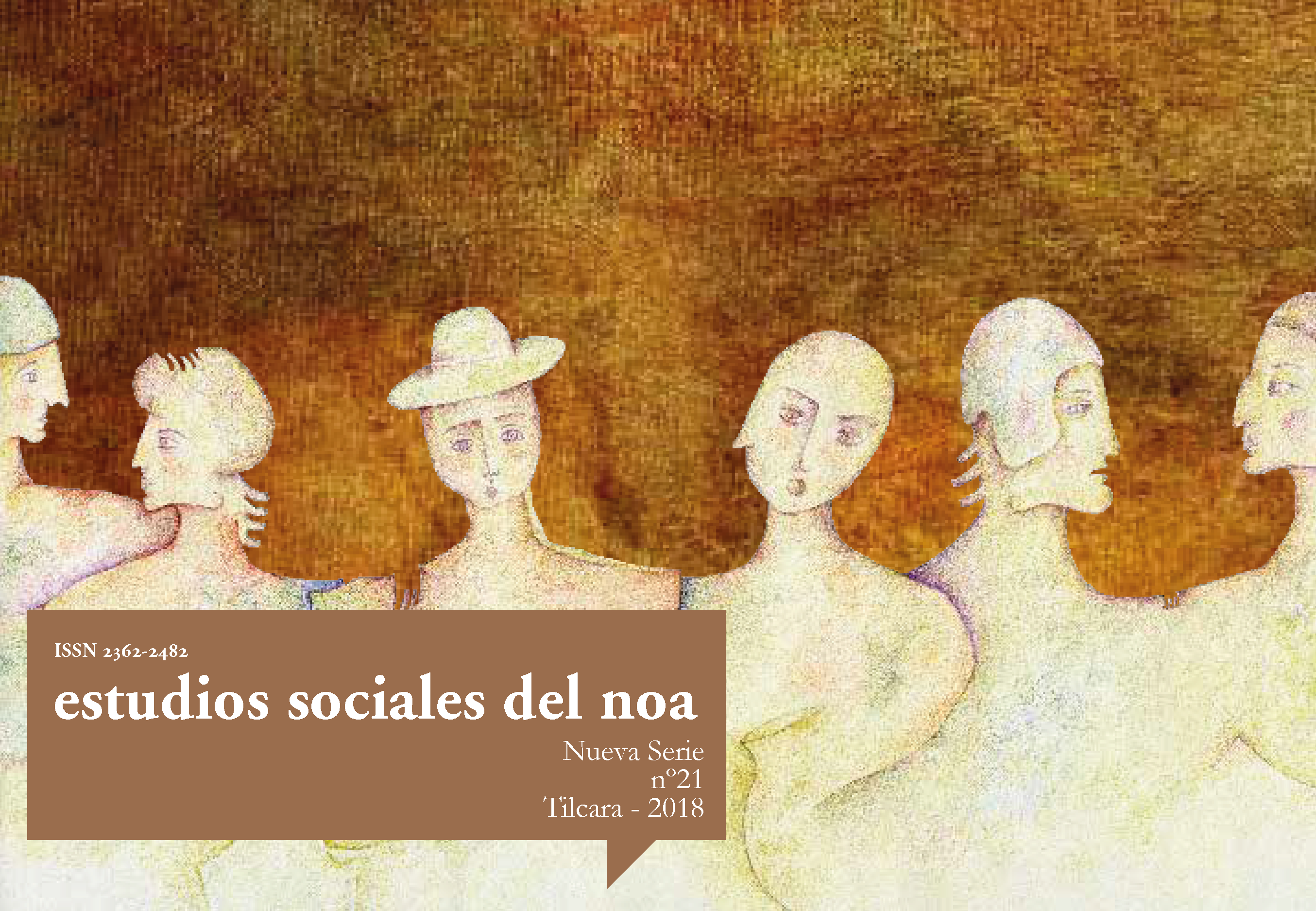La historia de la ocupación humana de Inca Cueva, cueva 5 (ICc5), Provincia de Jujuy, Argentina
Abstract
The cave five of the Inca Cueva gorge (Icc5), Humahuaca, Jujuy, is a key site to understand the occupation of this region since ca. 2000 BP upto the Inca period. It shows five levels, built through all the evidence gathered and analyzed since investigation started at this site by researchers that preceded us fifty years ago. Level V, the lower one, represents the Early period. For the end of this period, starting the Middle one, levels IV and III which follow, show a similar use of the cave by these herders, which complemented their subsistence by hunting and gathering as well as already agriculture. Level II is Late. Level I evidences Inca occupation and long distances exchanges. Several microrregional data of this presence can be associated to those of this level. For the Early period we considered a summer occupation, complementary within the annual sedentary circuit with the semi permanent and permanent ones of Alto Sapagua and Hornaditas at lower altitudes above sea level towards the East. In this paper we will answer these proposals through the analysis of the different evidence lines considered such as ceramics, lithic artifacts, zooarchaeology and polen analysis.Downloads
Authors who publish in this journal accept the following conditions:
- The authors or translators retain the copyright and assign to the journal the right of first publication, with the work registered under the Creative Commons Attribution-NonCommercial-ShareAlike 4.0 International, which allows third parties to use what published as long as they mention the authorship of the work and the first publication in this journal.
- Authors may enter into other independent and additional contractual agreements for the non-exclusive distribution of the version of the article published in ESNOA (eg, include it in an institutional repository or publish it in a book) as long as they clearly indicate that the work was first published in this journal.












